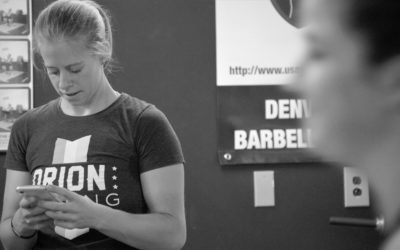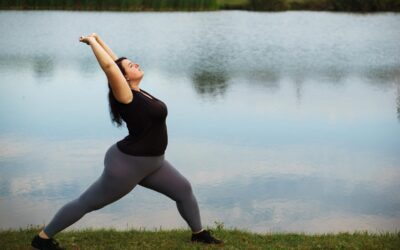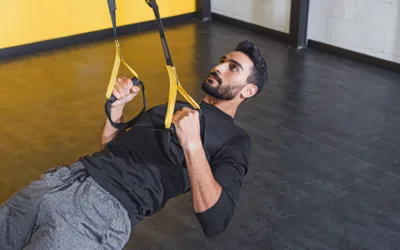A Quick-Start Guide to Front Squats
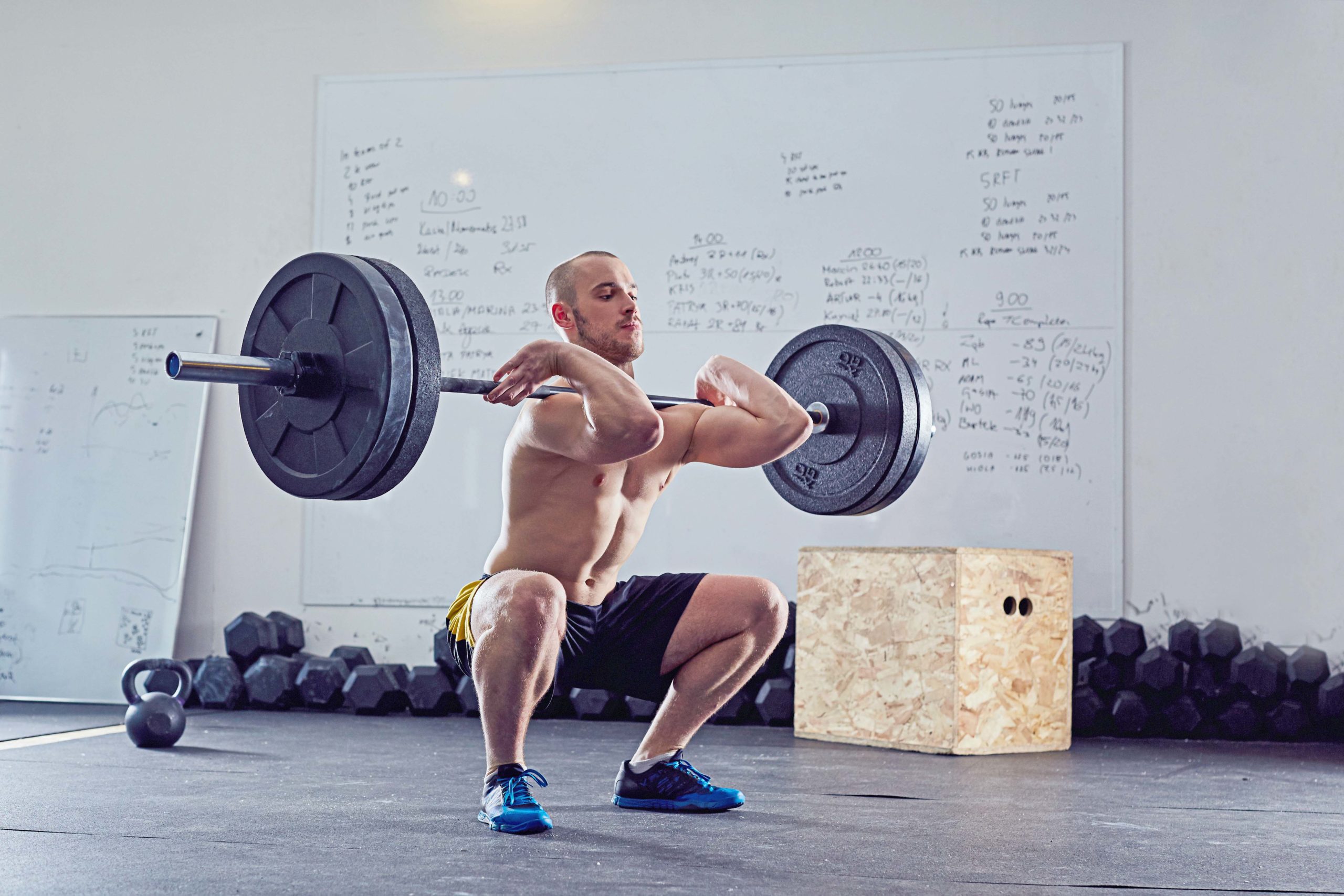
If front squats have been on your radar to work into your training, here’s your sign. Why are they so hard and awesome? What are some variations for beginners?
Jordan Sorenson is pursuing a PhD in Kinesiology and Sports Performance. He’s a collegiate football player and head S&C coach for both the SMB football program and a private ice hockey facility in MN. He lives and breathes strength training for athletes. Read on to get a breakdown of front squat form and some ideas for variations to work on, like the zombie squat, heel-elevated squat, DB/KB front squat, and tempo front squat.

Front Squat Tips for Beginners
Front squats are often described as the “hardest”, “best bang for your buck” lower body exercise. In this one exercise you train all of the following muscles: glutes (butt), quadriceps (thighs), hamstrings (back of thighs), hip adductors/abductors (inner/outer thigh), upper back, lower back and abdominals.
All hail the front squat.
In my years of coaching, I’ve seen plenty of athletes with an impressive front squat who are also able to back squat heavy loads. But this idea isn’t always interchangeable from back squat to front squat.
The front squat involves less spinal loading due to the bar placement—supported on your front delts instead of behind your neck. Front squats also require your torso to be more upright to keep the bar balanced. This makes the front squat a safer lift to perform versus the back squat in terms of low back stress.
Let’s break down the front squat mechanics and explore more reasons to train them regularly.
Front Squat: Perfect Execution
Setup
Start with your barbell in a squat rack at chest height. Reach your arms straight out to grip the bar overhand at around shoulder-width.
Scoop your elbows underneath the bar so it rests directly on your shoulders/chest/collarbone (front delts) forming 3 points of contact. You don’t need a full grip on the bar here. Your first and second fingers should be under the bar for balance while your outside fingers can fly free. Drive your elbows upward so your upper arms are about parallel to the floor.
Unrack the bar holding this position and take two steps backward. Set your feet evenly apart (between hip and shoulder width) with your toes pointed slightly outwards. Keep your neck neutral, eyes looking straight forward.
Squat
From the starting position, brace your trunk muscles by taking a breath in through the nose. Then begin your descent toward the bottom of the squat by hinging at the hips and sitting your butt back. Squat down until you hit at least a 90-degree knee bend (thighs parallel to the floor) or deeper.
After hitting your depth, drive up through the “tripod” of your foot: big toe, pinky toe, and heel. I like to use the cue “pick up the floor with your feet.” Be sure to keep your chest up and elbows pointed toward the wall in front of you. Exhale through your mouth as you stand back up to your starting position.
Be sure to check out Front Squat How-To for Serious Muscle Density for a super in-depth look at front squat technique.
You Work too Hard to Not See Progress
Find Your Perfect Training Plan
Options for Every Goal
Training plans from real coaches covering any goal, fitness level, and number of sessions per week.
The Best Coaches
Get coached by the best. Olympians, ex-NFL stars, Titan Games Winners, Sport Scientists and more.
Starting at $1/ day
With many options including a free 7 day trial, you can try out programming before you commit.
Front Squat Progressions & Variations
Zombie Squat (Beginner-Friendly)
The zombie squat variation has one subtle tweak to how you hold the barbell on your front rack. You’ll load the bar in the same spot as a regular front squat, but keep your arms fully extended in front of you (picture a zombie doing a “braaains” walk).
This variation allows you to feel where and how the bar should be resting on your upper body. It also challenges your sense of balance in your upper body. If you’re super new to front squats, try this with a PVC pipe first.
Heel-Elevated Front Squat
If you have issues getting to the right depth or your heels pop up off the ground at the bottom of a squat, try elevating your heels on a slant board, pair of plates, or even parking ramp curbs (super affordable).
The execution of the front squat is exactly the same, but elevating your heels can give you access to a better range of motion in your joints. This allows for a more upright posture and a deeper squat with your feet planted.
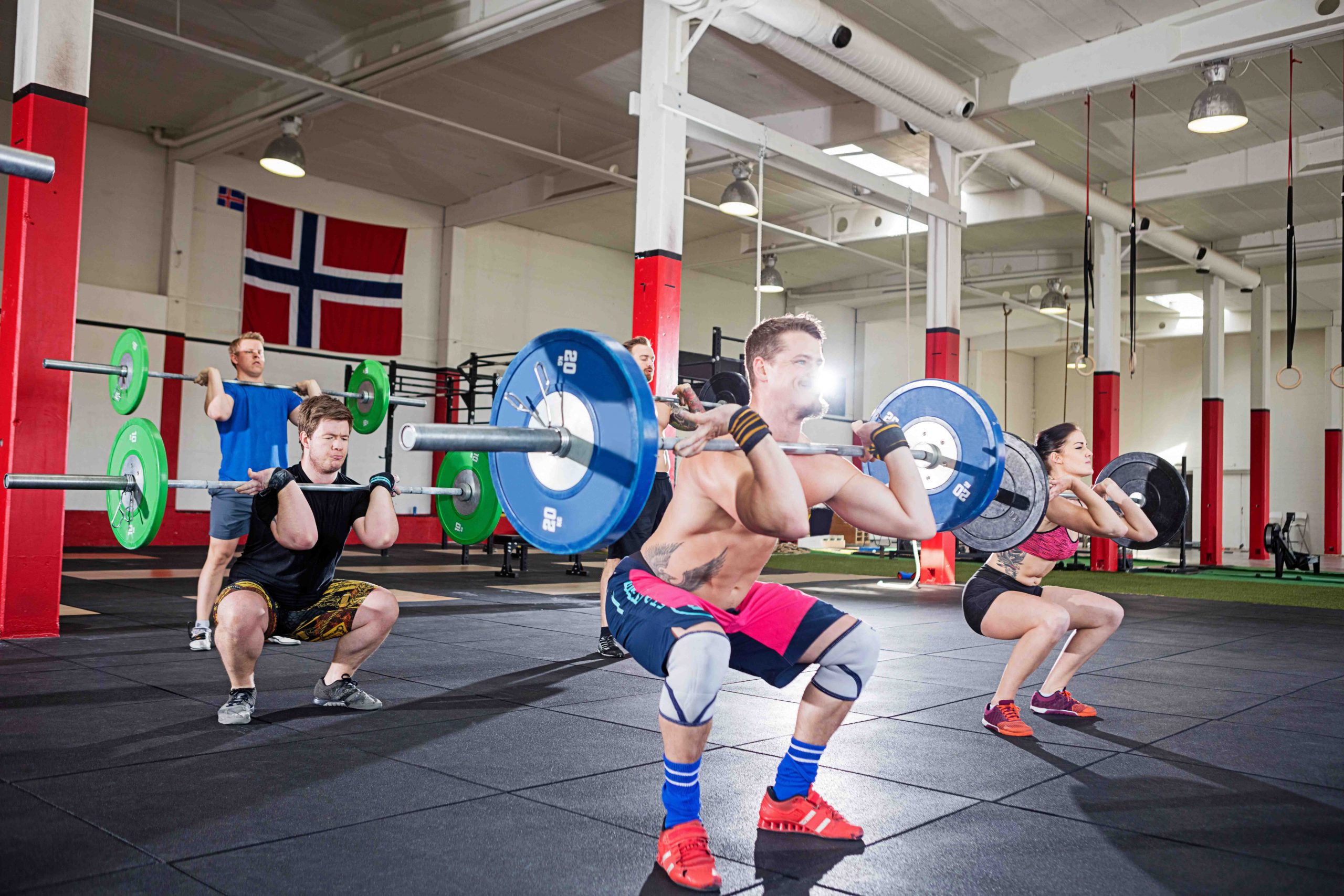
Level Up Your Training
With TrainHeroic’s immersive training app
TrainHeroic does everything you wish your old gym notebook could do.
Take the guesswork out of training with built-in exercise instruction and basic training programs. Compete against yourself and others. Track your performance and readiness. Smash your goals.
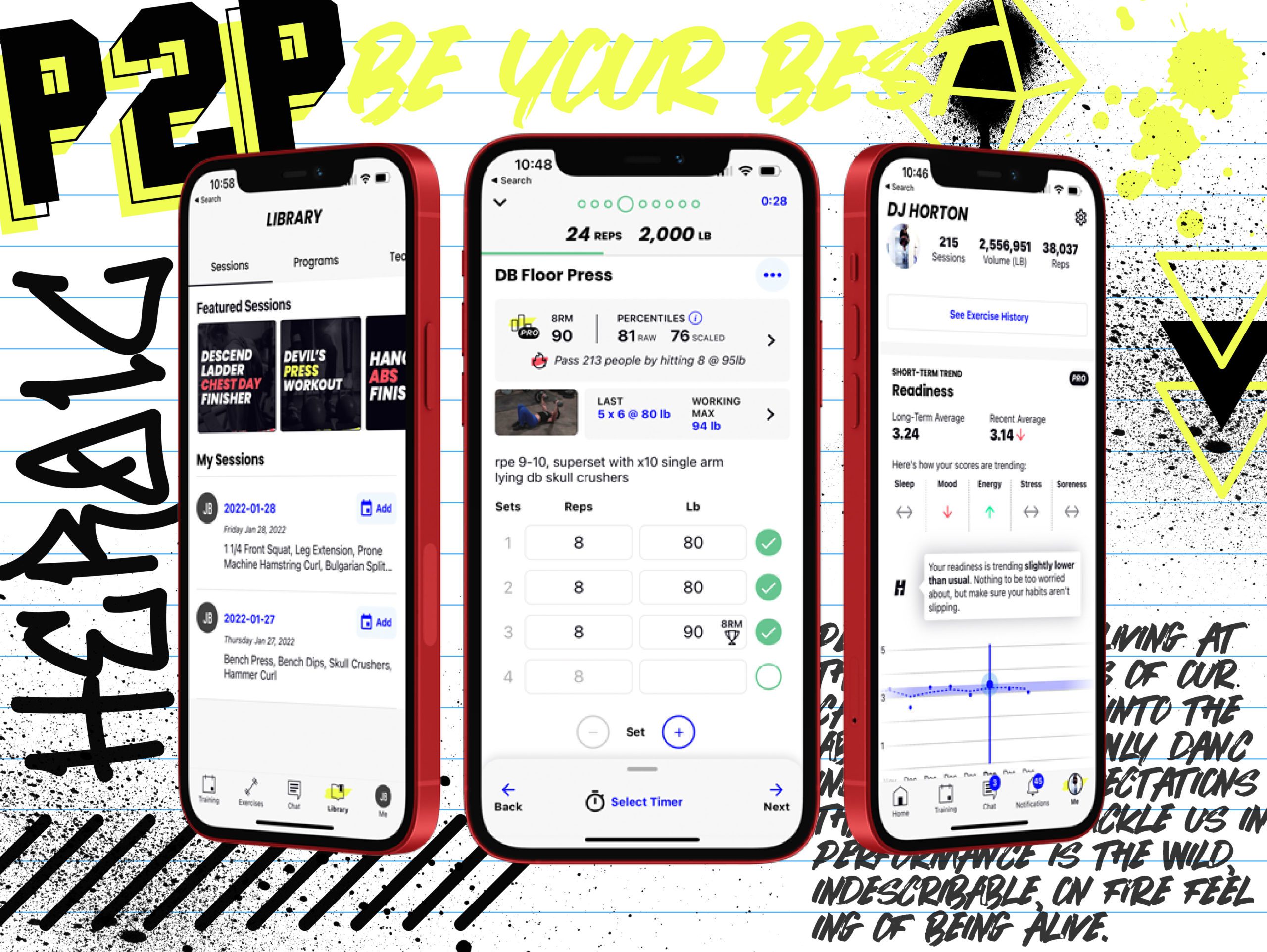
Dumbbell or Kettlebell Front Squat
DBs and KBs offer a challenging front squat variation, since you’ll have to play with the position of your hands to find the right grip. This is a good version for athletes with wrist or shoulder injuries, because you can take a more neutral grip.
You can hold both types of equipment in different formations on your front delts—a popular one is the “bowtie” version. Here’s a good demo of the double KB front squat.
Tempo Front Squat
The use of tempo is critical in learning any movement. I teach my athletes to own the movement using tempos so they have confidence in every position. This means grinding slowly through both the easy and difficult parts of the lift.
Slow eccentric squats (3-5 second descent) and isometric holds at specific spots are great teaching tools for newer athletes. This challenging time under tension also builds the kind of strength you need in sports with dynamic movements.
Want Training Tips, Exercise Guides & Knowledge Bombs Sent to Your Inbox?
Sign up for the FitNerd newsletter from TrainHeroic
Related articles
Effective Ways to Coach At-Home Athletes
Transitioning to remote coaching presents unique challenges for strength and conditioning coaches, especially when athletes lack access to standard gym equipment. Effective communication and creative programming are essential to maintain engagement and ensure athletes continue to progress in their training.
Sustainable Steps to Healthier Living After Significant Weight Gain (BMI 40+)
Losing weight when your BMI is 40 or higher can feel impossible—but it’s not. I've helped hundreds of people, including myself, lose significant weight. One client sticks with me—a former rugby player and sumo wrestler whose health was rapidly declining. We started...
Working Out During Ramadan: Maintaining & Making Gains
It’s falsely believed by many Muslim athletes that Ramadan = losing progress (gains!). This isn’t the case if you train, fuel, hydrate, and sleep appropriately. Of course that’s easier said than done, but following a few of these strategies can make all the difference...

Join the community
Sign up for the latest training news and updates from TrainHeroic

About TrainHeroic
Support
Made with love, sweat, protein isolate and hard work in Denver, CO
© 2021 TrainHeroic, Inc. All rights reserved.

